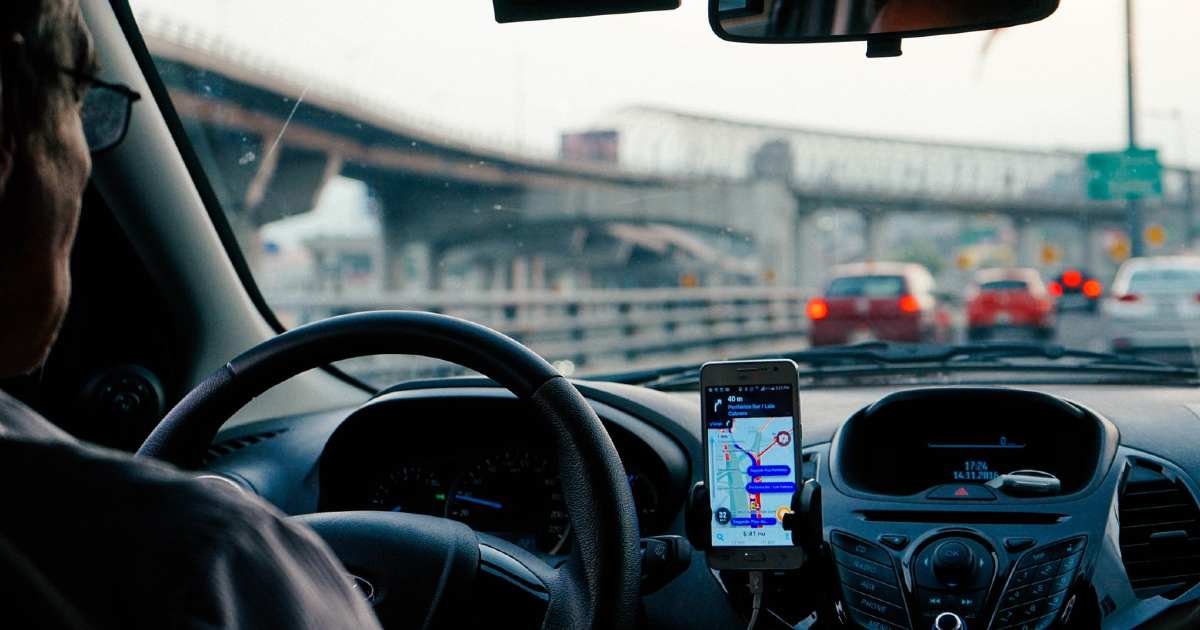A new study has found that when ridesharing companies like Uber and Lyft enter a new city, vehicle ownership increases by about 0.7%.
The study, which appears today in the journal iScience, looked at data from major US cities between 2011 to 2017.
It compared vehicle registrations in cities that either did or did not have the services of Uber and Lyft.
Vehicle ownership vs. public transit
In the past decade, the number of Americans traveling in “for-hire vehicles” on a daily basis more than doubled.
By the end of 2017, Uber had entered 224 U.S. urban areas (which is about half of US all cities).
And in cities like San Francisco, ridesharing accounted for 15% of all vehicle trips (PDF) on an average weekday in 2017.
One possible reason is that the arrival of these ride-sharing companies might help convince residents who were considering buying a car to actually do so, and then use the new car to earn money as a driver.
And this effect, the researchers propose, might outweigh the number of drivers who give up their car when Uber arrives.
The study found no significant effect of the arrival of sidesharing services on the use of public transit.
Kids need car seats, which means fewer Uber rides
Yet the researchers did find that cities with higher income and fewer children had a larger reduction in transit use.
They suspect that this is because people with more disposable income and no children don’t mind paying extra for the convenience of using a ridesharing service.
They also don’t have to worry about logistic issues like car seats.
Other recent science and psychology news:
- Do first impressions matter? A new German-Canadian study says no, not really; it found no evidence for the so-called “primacy effect.”
- A new study suggests that between 30 to 50 percent of big-game hunters in the Pleistocene and early Holocene eras in the Americas were women.
- The Dutch flying car PAL-V today announced that its Liberty flying car has received permission to drive on public roads.
- Screen time alert: the average American now spends 3 months per year on their phone, or about 4-6 hours per day, or 6-8 hours for teens.
Study: “The Impact of Uber and Lyft on Vehicle Ownership, Fuel Economy & Transit Across US Cities”
Authors: Jacob W. Ward, Jeremy J. Michalek, Constantine Samaras, Inees L. Azevedo, Alejandro Henao, Clement Rames, and Tom Wenzel
Published in: iScience
Publication date: January 6, 2020
DOI: https://doi.org/10.1016/j.isci.2020.101933
Photo: by Dan Gold via Unsplash




